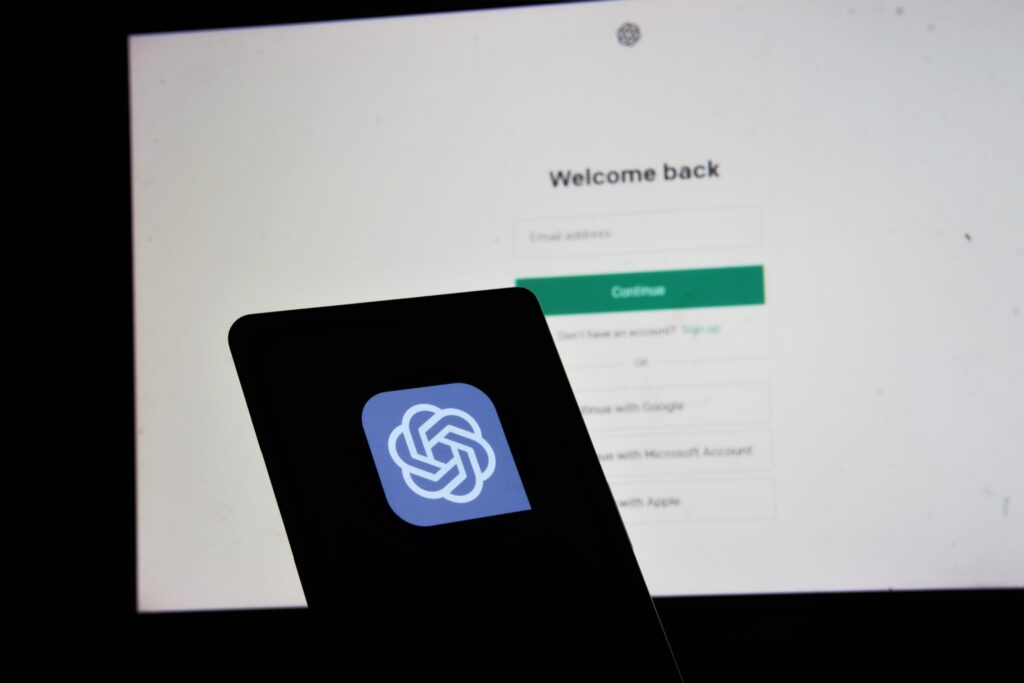Retargeting and remarketing are vital parts of marketing strategies. Consumers are inundated with ads, making it easy for “ad blindness” to set in and keeping them from connecting with the brands that are trying to speak to them. And even if a visitor does click an ad, if it’s their first time to the website, they only have a 2.4% chance of converting.
So, what does this mean for marketers? Most of us are familiar with the Rule of 7 — that a customer has to see a message at least seven times before it sinks in — meaning that marketers must use retargeting strategies to ensure their audience is seeing their brand multiple times.
Retargeting vs. Remarketing
Remarketing and retargeting are often used interchangeably, but they do have subtle distinctions. Retargeting is the process of serving ads to buyers that have already visited your site or social media profiles in order to encourage them to take an action. Remarketing, while it has similar goals, requires the use of email to engage with past customers or site visitors. This article will focus on retargeting.
The Role of Data in Retargeting
Data is key to a successful retargeting campaign. You have to be able to identify who has already visited your site or engaged with your social media posts in order to serve them relevant ads. For B2C companies, this often comes in the form of serving them ads related to the products they viewed. B2B marketers can follow similar paths if they have the right data in place.
For one, your pages and blog articles must be tagged appropriately. This will make it easier to separate site visitors by topic and serve them ads that are most relevant to their needs, making it more likely that they will convert.
Additionally, data can give you an idea of whether certain visitors are even worth retargeting. For example, if you work for a payroll company that only works with small businesses, then a visitor from an enterprise company may not be someone you want to spend an impression on. On the other hand, someone that’s visited your website a lot but hasn’t yet converted, may just be looking for the right push, which the data can help you give them.
Setting Up Retargeting Campaigns
The first step in setting up your retargeting campaigns is to choose the right platform. Now, if you already have an advertising platform in place, this should be pretty simple because it should have retargeting tools in place. But if you’re just starting out, or your tools don’t include retargeting capabilities, check out our marketing automation software guide to find the right option for your business. For the best results, you’ll want to choose software that, at a minimum, offers the ability to segment audiences, bid on ad spots automatically, and provide performance data.
Once you’ve got a platform in place, you then need to define your audience segments. For retargeting, this will likely look a little different than your net new audience segments. Instead of separating by ideal customer profile, you’ll probably want to segment by previous behaviors. For example, maybe you’ll have segments in your list for social media engagers, current customers that you want to upsell, and repeat visitors who haven’t yet converted. Because each of these groups is engaging in different ways, they’ll need different retargeting messages.
So now it’s time to craft those messages. Keep branding consistent between your initial and retargeting creatives, so your audience doesn’t have to make huge mental leaps to identify them as coming from the same brand. You also may want to highlight your logo and company name on your ads to increase recognition. Additionally, consider using dynamic ads, so you don’t have to make slight variations on the same ad for different segments.
Overcoming Common Challenges
Retargeting is not without its challenges, especially in regards to privacy concerns. Over-personalizing ads may be off-putting to viewers, but not personalizing ads leads to lower conversion rates. Consider personalizing just one or two pieces of your remarketing ads, maybe limited to industry or interest, so it doesn’t make the visitor feel like you’re following them across the web.
Additionally, you also have to figure out how to successfully retarget your visitors without them getting ad fatigue or hitting frequency caps. Stick to retargeting visitors on pages that are relevant to what your company offers. If we go back to the payroll example, you wouldn’t want to advertise on articles about data centers, but HR-related pages and sites would be fair game. This kind of contextual targeting makes your ads feel more natural and helpful to the user, so they’re less likely to result in fatigue.
Retargeting Can Increase Conversions
Retargeting helps increase your viewers’ familiarity with your brand, improving recall and warming leads that move further down the funnel. Continuing to serve ads to interested parties can also keep your company top of mind for when a buyer is ready to take the next step in their buying journey. And even if a buyer doesn’t click your ad and convert into a sale, brand recognition will make it more likely that leads will be receptive to a conversation with your sales team.Once you’ve got your retargeting campaigns running, check out our guide on lead lifecycle stages, and how you can help buyers move through the funnel.





